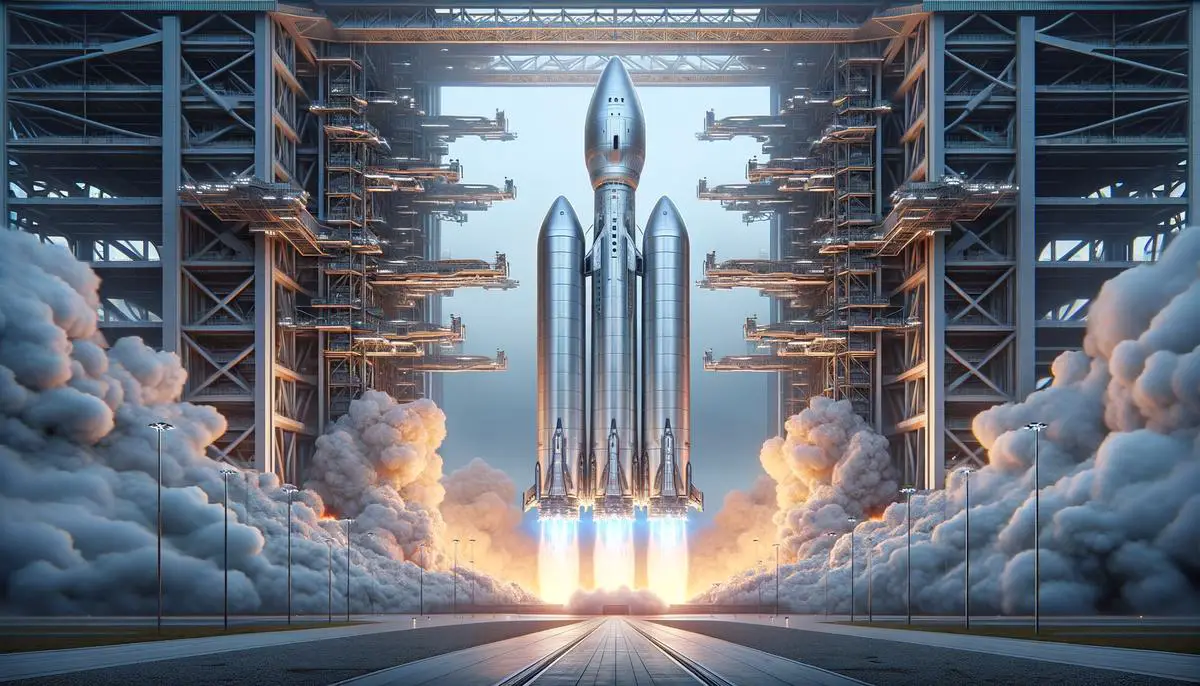Starship Design and Capabilities
SpaceX's Starship, combined with the Super Heavy booster, stands at an impressive 400 feet tall and generates a staggering 16.7 million pounds of thrust at liftoff. The design consists of two main parts:
- The Super Heavy booster
- The upper-stage Starship, measuring 165 feet
Advancements in reusability have been crucial to this project. SpaceX aims to land the Super Heavy booster back on the launch mount using innovative "chopstick" arms from the launch tower. Four test flights have occurred so far, with each showing notable improvement.
The upcoming fifth flight has an ambitious goal: to land the Super Heavy back on its launch mount. Initially, both Super Heavy and Starship are expected to splash down in the Gulf of Mexico in a controlled manner before progressing to launch mount landings. This approach differs significantly from NASA's expendable SLS strategy, focusing instead on repeated launches and rapid reusability.
Elon Musk envisions future versions of Starship reaching up to 500 feet tall. He aims to reduce the cost per launch to around $3 million, a figure that would revolutionize space launch economics.
Starship's Ultimate Goals:
- Efficiency
- Frequency
- Increased payload capacity
- Reduced refueling missions for Mars journeys
Musk's ambitious target is 10 launches per day during optimal planetary alignment to transport settlers and cargo to Mars. Starship is also integral to NASA's Artemis program, planned to refuel in space and shuttle astronauts between lunar orbit and the Moon's surface.
SpaceX's approach to landing the Super Heavy on a virtual tower in the Gulf of Mexico and planning for eventual reuse demonstrates their innovative strategy. Each successful mission brings human presence on Mars closer to reality.

Mars Mission Timeline
SpaceX has announced a bold timeline for its Mars missions:
- 2026: First uncrewed Starship missions to Mars
- 2030: First crewed missions to Mars
These timings align with the approximately 26-month cycle when Earth and Mars are optimally positioned for interplanetary travel, ensuring efficient and fuel-effective journeys.
The initial 2026 missions will serve as critical tests for Starship's reliability and landing precision on Mars. The four-year gap between uncrewed and crewed flights allows time for:
- Data analysis
- Evaluations
- Spacecraft performance improvements
Elon Musk projects the establishment of a self-sustaining Martian city within 20 years of the first human landings. This ambitious timeline reflects the goal of not just exploration, but of establishing a permanent human presence on Mars.
"Being multiplanetary will vastly increase the probable lifespan of consciousness, as we will no longer have all our eggs, literally and metabolically, on one planet." – Elon Musk
To achieve these goals, significant technological and financial advancements are necessary. Musk aims to reduce the cost of payload delivery to Mars from billions to $100,000 per ton, acknowledging this as "extremely difficult but not impossible."
Following the initial missions, an exponential growth in flight rates is anticipated. The long-term vision involves regular Starship launches transporting settlers and cargo, transforming Mars from a distant goal to an integral part of human habitation plans.
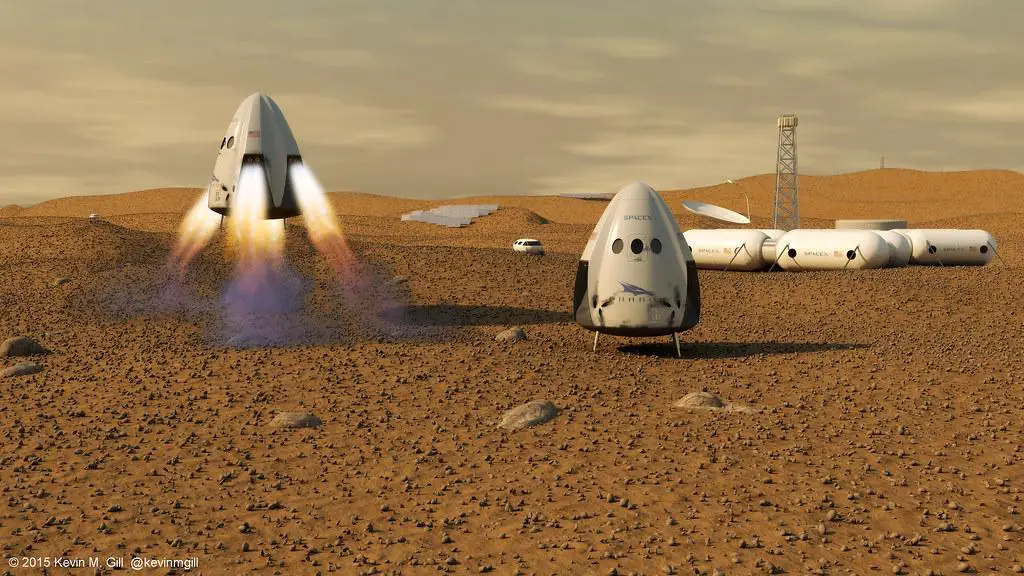
Cost and Innovation
SpaceX aims to revolutionize space travel economics, with Elon Musk projecting future Starship launches to cost as little as $3 million each. This represents a dramatic reduction from historical launch costs:
| Year | Rocket | Cost per Launch |
|---|---|---|
| 2004 | Falcon 1 | $5.9 million ($9.5 million in 2024 terms) |
| Future | Starship | $3 million (projected) |
Central to these cost reductions is Starship's reusability. Unlike traditional expendable rockets, Starship is designed for rapid reuse. The Super Heavy booster is planned to land back on Earth using sophisticated "chopstick" arms mounted on the launch tower, allowing for quick turnaround between missions.
Key Technological Advancements:
- Raptor engine: Improved efficiency and reliability
- Advanced materials
- Cutting-edge computational methods
- Automation in landing and mission operations
SpaceX's strategy includes scaling operations, with plans for multiple daily Starship launches. This approach, combined with in-space refueling capabilities, aims to economize long-distance space travel further.
Environmental considerations are also part of SpaceX's strategy, with commitments to protect ecosystems around launch sites. This approach helps maintain regulatory and public support, indirectly contributing to cost management.
By focusing on reusability, technological innovation, and operational efficiency, SpaceX is working to make space travel more accessible and economically viable, potentially paving the way for future interplanetary exploration and settlement.
Support for NASA's Artemis Program
SpaceX's Starship plays a crucial role in NASA's Artemis program, which aims to return humans to the moon and prepare for Mars expeditions. Starship's ability to refuel in space is revolutionary, addressing key challenges in deep-space missions. This innovation allows for extended range and increased payload capacities, essential for sustainable lunar operations.
Starship's versatility enhances Artemis by providing both crew and cargo transport capabilities. Its reusability factor reduces time and costs associated with traditional space missions. The Super Heavy booster and Starship work in tandem to improve space logistics, with the booster returning to Earth while Starship orbits and awaits refueling.
The collaboration between SpaceX and NASA is mutually beneficial:
- Starship offers NASA a flexible and efficient solution to overcome delays and technical challenges in the Artemis program.
- NASA provides SpaceX with rigorous testing grounds and mission-critical scenarios that refine Starship's technology for future Mars missions.
This partnership represents a convergence of technological prowess and shared aspirations for space exploration. Starship's innovative design and capabilities are not only critical for Artemis but also form the foundation for potential multi-planetary human presence.
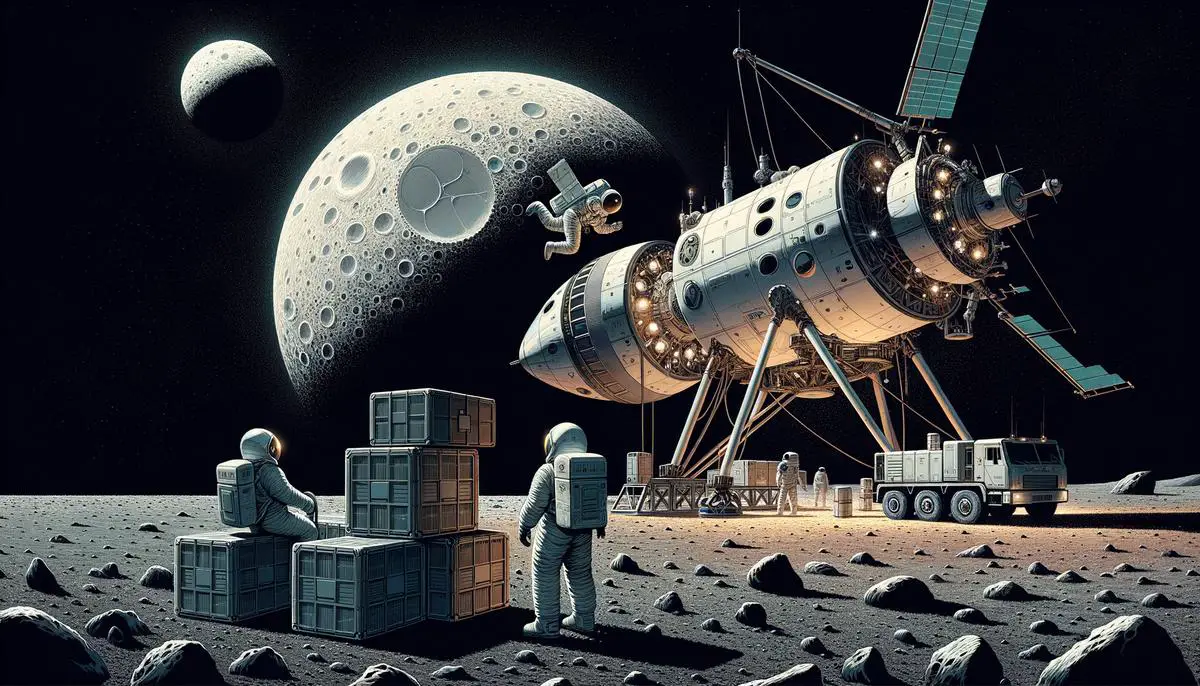
Environmental Commitment
SpaceX demonstrates a strong commitment to environmental stewardship as it increases the frequency of its launches. The company has implemented various measures to mitigate the environmental impact of its operations, particularly at the Texas Starbase launch site.
Key initiatives include:
- Comprehensive environmental assessments and mitigation strategies
- Acoustic suppression systems to protect wildlife from launch noise
- Proactive measures to prevent space debris creation
- Efficient waste management and containment of hazardous materials
- Water filtration systems to prevent contamination of coastal waters
- Collaboration with environmental groups and compliance with regulations
- Integration of renewable energy sources in facilities
These efforts reflect SpaceX's dedication to balancing technological advancement with environmental preservation. By addressing concerns such as noise pollution, waste management, and energy efficiency, the company aims to minimize its ecological footprint while pursuing its space exploration goals.
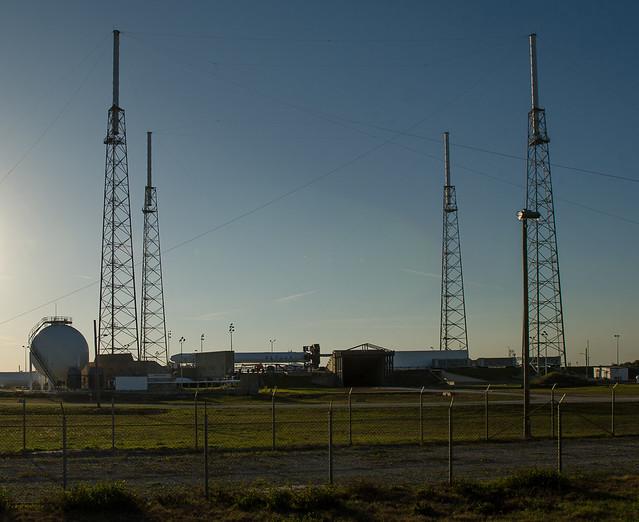
Long-Term Goals and Vision
SpaceX's long-term vision centers on establishing a self-sustaining city on Mars within 20 years. This ambitious goal is driven by the desire to ensure the continuity of human consciousness by expanding our presence across multiple planets.
Key aspects of this vision include:
- Developing technology for daily Starship launches to transport people and cargo to Mars
- Reducing the cost of payload transport to Mars from approximately $1 billion to $100,000 per ton
- Implementing in-situ resource utilization (ISRU) for producing essential resources on Mars
- Establishing efficient Earth-Mars transport links, including orbital refueling capabilities
- Addressing regulatory, environmental, and ethical considerations for Mars colonization
The plan faces significant technical challenges, including the development of advanced life support systems, sustainable food production, and habitat construction methods. SpaceX aims to solve these problems through continuous innovation and strategic planning.
"Flight rate will grow exponentially from there, with the goal of building a self-sustaining city in about 20 years. Being multiplanetary will vastly increase the probable lifespan of consciousness, as we will no longer have all our eggs, literally and metabolically, on one planet."
This vision represents a blend of ambitious goals and practical engineering, aimed at transforming humanity into a multi-planetary species. By establishing a presence on Mars, SpaceX seeks to mitigate risks associated with potential planetary-scale disasters on Earth.
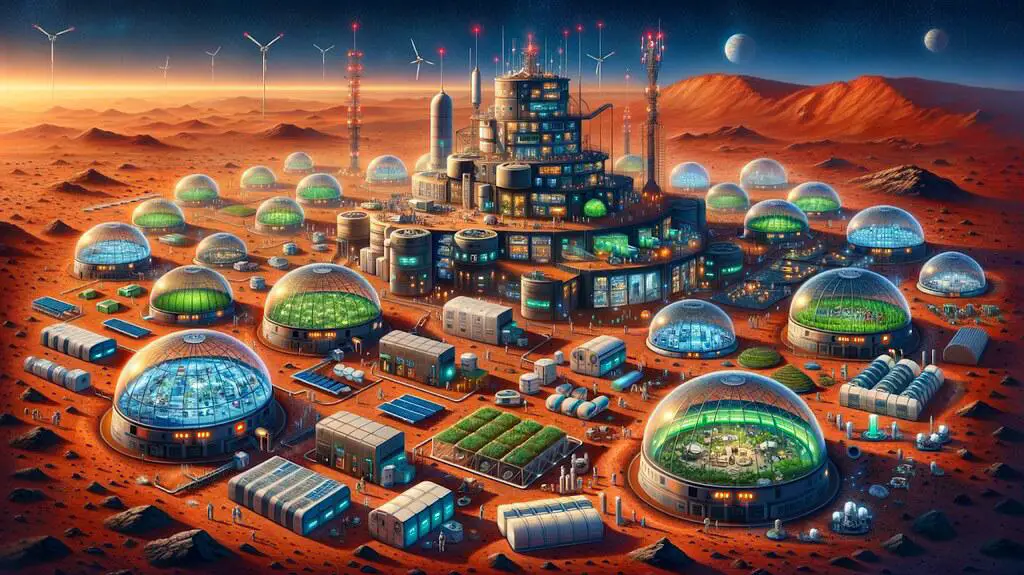
In summary, SpaceX's Starship and Super Heavy are redefining the possibilities of space travel. Through reusability, cost reduction, and long-term goals for Mars colonization, these advancements are paving the way for humanity's expansion into space. The journey to becoming a multi-planetary species is progressing from concept to reality, driven by innovation and visionary leadership.
![]()
